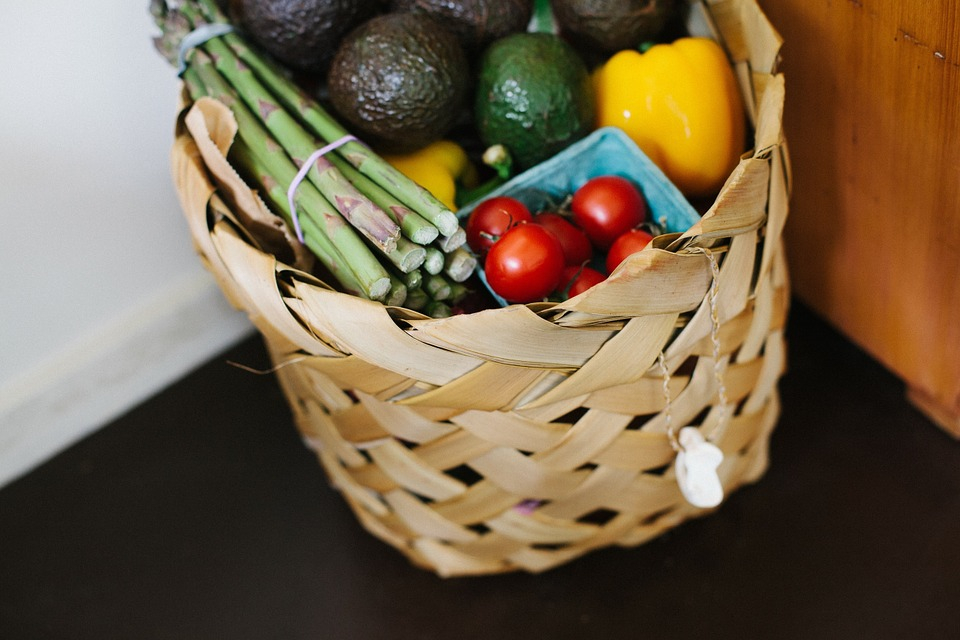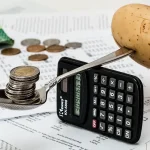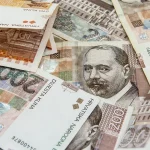As Poslovni Dnevnik writes, key foodstuffs and common ingredients such as cereals and oilseeds have risen dramatically of late, and their prices in Croatia are currently 20 to 100 percent higher than they were just one year ago, according to weekly indicators from the Ministry of Agriculture.
Given that cereals and oils are an integral part of many food products, experts fear that the jump in their prices in the autumn will trigger a number of subsequent jumps in Croatian food prices in many stores, which has the potential to jeopardise the living standards of the country’s residents.
For example, in the week ending on August the 1st, one kilogram of wholesale wheat cost 1.4 kuna, which is 21 percent more than at the end of July last year. Corn is currently being sold for 1.63 kuna per kilogram, which means that it is 42 percent more expensive than it was just 12 months ago.
This is the highest wholesale price of corn recorded in Croatia in the last seven years, Tugomir Majdak, state secretary at the Ministry of Agriculture, recently noted.
The price of barley jumped 28 percent. Sunflower seed meal, which sold for 2.8 kuna per kilogram in the spring, has actually become cheaper in recent weeks, but it is still 27.5 percent more expensive than it was last year. The price of soybeans increased by about 100 percent in a year, while rapeseed oil rose by 53 percent at the same time, Novi list writes.
Consumers were surprised when they recently noticed the price of a liter of oil had jumped from 11 to 16 kuna overnight, signalling legitimate concerns about more Croatian food prices rising, especially as this is one of the main worries people have about Croatia joining the Eurozone.
However, it should be said that other food products have not become significantly more expensive, as it often takes several months for retailers to run out of supplies and to put new, more expensive consignments of food obtained from producers on their store shelves.
For more, follow our lifestyle section.












